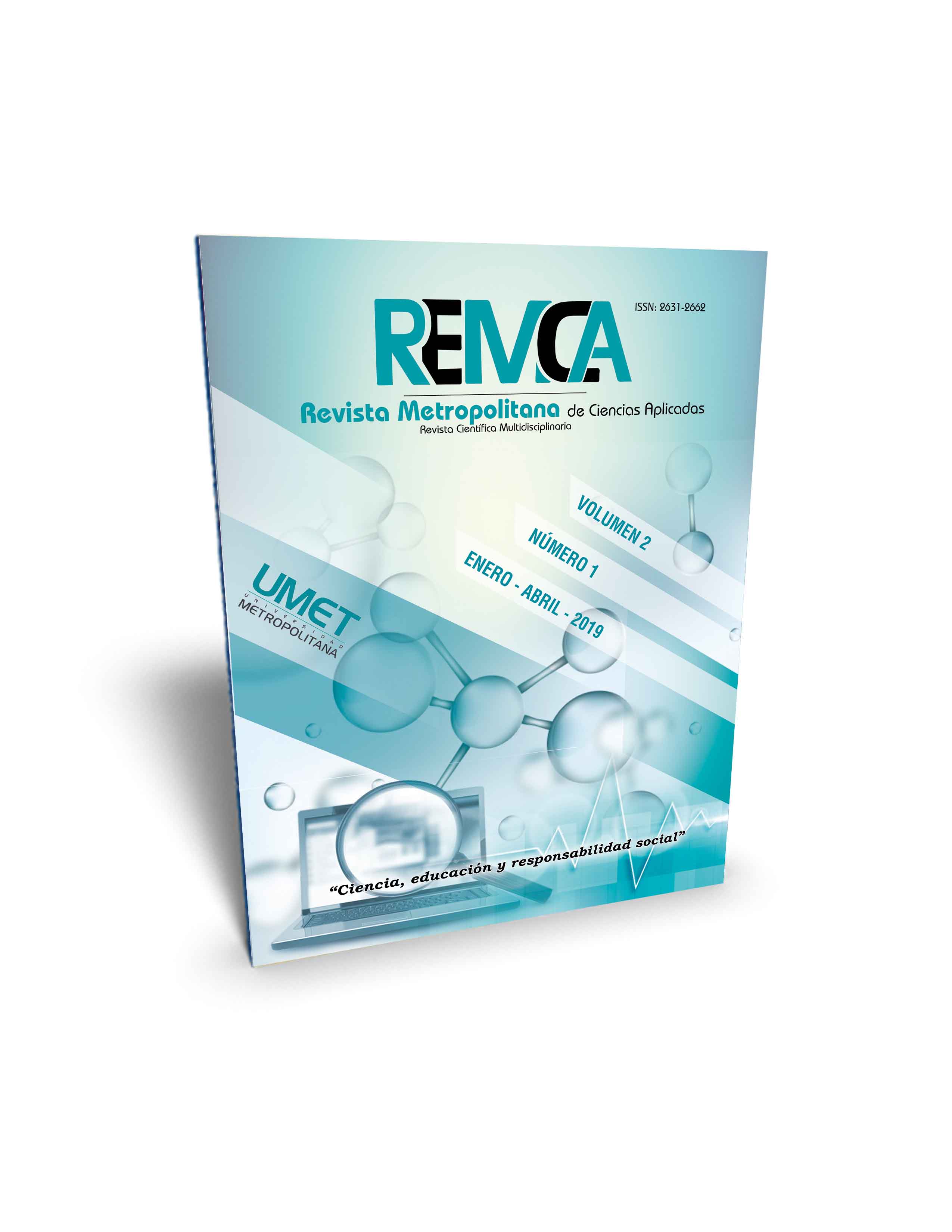Active teaching methods in higher education: the key to class motivation
DOI:
https://doi.org/10.62452/5kz0w712Keywords:
Active methods of teaching, class, motivationAbstract
This work brought together experiences in the teaching of environmental subjects at the Metropolitan University, Machala headquarters in Ecuador, in order to share motivational results in the application of active teaching methods. To do this, empirical methods of satisfaction surveys for students were used, as well as studies compared with a historical analysis of the use of traditional teaching methods. The main results were aimed at the motivation of students who were endowed with knowledge with the application of active teaching methods such as: staging, thematic discussion by teams, preparation of classes by students, among others. We reached conclusions that confirmed that these active methods undoubtedly contribute to greater motivation and attention to the class, with better learning and interest, at a time when teachers complain that their students do not attend, due to the use of their cell phones, despite being banned in the classrooms during the classes at least in another use that is not in that class.
Downloads
References
Añorga J. (2012). La educación avanzada y el mejoramiento profesional y humano. (Tesis doctoral). La Habana: Instituto Superior Pedagógico “Enrique José Varona.
Álvarez Legrá E. (2012) Un modelo didáctico, centrado en el método de proyecto para contribuir al desarrollo de la autonomía en el aprendizaje del inglés desde la PILI, en la formación inicial de profesores de la carrera de lenguas extranjeras. (Tesis doctoral). La Habana: UCP Pedagógico “Enrique José Varona.
Blanco Aspiazú, M., Valdés Torres, R., Rodríguez Collar, T., & Blanco Aspiazú, O. (2014). Aplicación de métodos activos de enseñanza en el aprendizaje de habilidades clínicas. Revista Habanera de Ciencias Médicas, 13(1), 144-151. Recuperado de http://www.revhabanera.sld.cu/index.php/rhab/article/view/315/226
Castañeda, L., & Adell, J. (2013). Entornos Personales de Aprendizaje: claves para el ecosistema educativo en red. Alcoy: Marfil.
García, A. (2001). La función docente del profesor universitario, su formación y desarrollo profesional. Revista Bordón, 53, 581-596.
Gutiérrez, M., López, R., Yanes, R., Llerena, M., Rosa, M., & Olano, M. (2013) Medios de enseñanza con nuevas tecnologías versus preparación de los docentes para utilizarlos. Medisur, 11(2). Recuperado de http://www.medisur.sld.cu/index.php/medisur/article/view/2238
Moll, S. (2014). 7 claves para enseñar en el siglo XXI. Recuperado de https://justificaturespuesta.com/7-claves-para-ensenar-en-el-siglo-xxi/
Reig, D. (2012). Innovación y cambio de una educación para las respuestas a una educación para las preguntas. Pinar del Río: Centro de Estudios de Ciencias de la Educación Superior, UPR.
Tejada Fernández, J., & Ruiz Bueno, C. (2016). Evaluación de competencias profesionales en Educación Superior: Retos e Implicaciones. Educación XX1, 19(1), 17-38. Recuperado de https://core.ac.uk/download/pdf/78532558.pdf
Valcárcel Izquierdo N. (2013). Estrategia interdisciplinaria de superación para profesores de ciencias de la enseñanza media. (Tesis doctoral). La Habana: UCP “Enrique José Varona.
Downloads
Published
Issue
Section
License
Copyright (c) 2019 Raúl López Fernández, Greicy de la Caridad Rodríguez Crespo, Osvaldo Domínguez Junco (Autor/a)

This work is licensed under a Creative Commons Attribution-NonCommercial-ShareAlike 4.0 International License.
Authors who publish in Revista Metropolitana de Ciencias Aplicadas (REMCA), agree to the following terms:
1. Copyright
Authors retain unrestricted copyright to their work. Authors grant the journal the right of first publication. To this end, they assign the journal non-exclusive exploitation rights (reproduction, distribution, public communication, and transformation). Authors may enter into additional agreements for the non-exclusive distribution of the version of the work published in the journal, provided that acknowledgment of its initial publication in this journal is given.
© The authors.
2. License
The articles are published in the journal under the Creative Commons Attribution-NonCommercial-ShareAlike 4.0 International License (CC BY-NC-SA 4.0). The terms can be found at: https://creativecommons.org/licenses/by-nc-sa/4.0/deed.en
This license allows:
- Sharing: Copying and redistributing the material in any medium or format.
- Adapting: Remixing, transforming, and building upon the material.
Under the following terms:
- Attribution: You must give appropriate credit, provide a link to the license, and indicate if any changes were made. You may do this in any reasonable manner, but not in any way that suggests the licensor endorses or sponsors your use.
- NonCommercial: You may not use the material for commercial purposes.
- ShareAlike: If you remix, transform, or build upon the material, you must distribute your creation under the same license as the original work.
There are no additional restrictions. You may not apply legal terms or technological measures that legally restrict others from doing anything the license permits.




